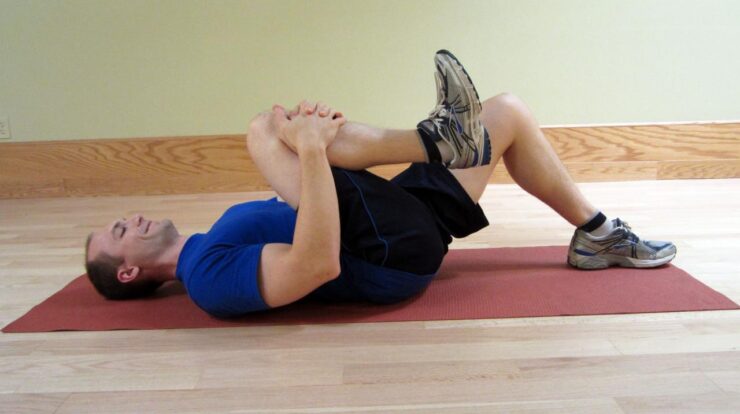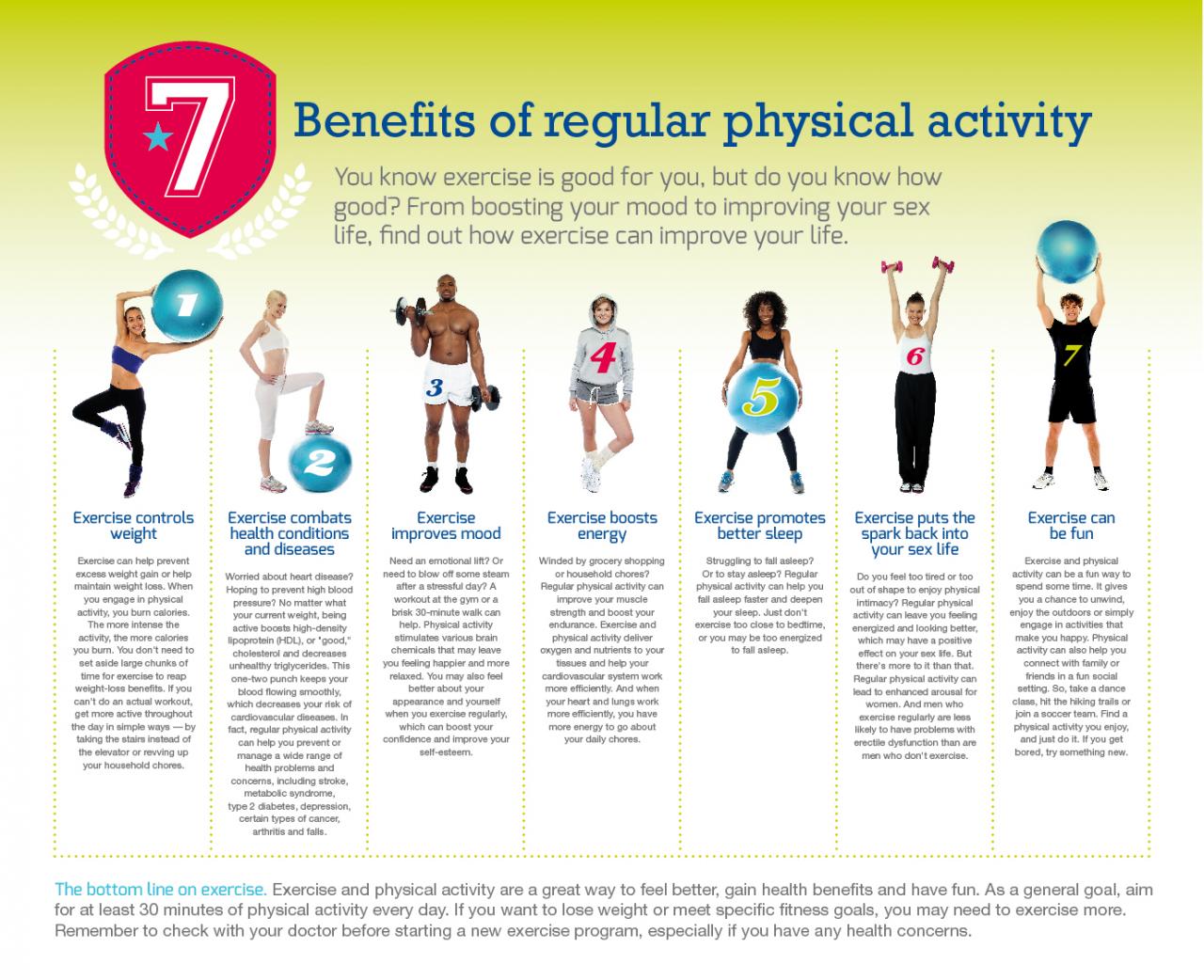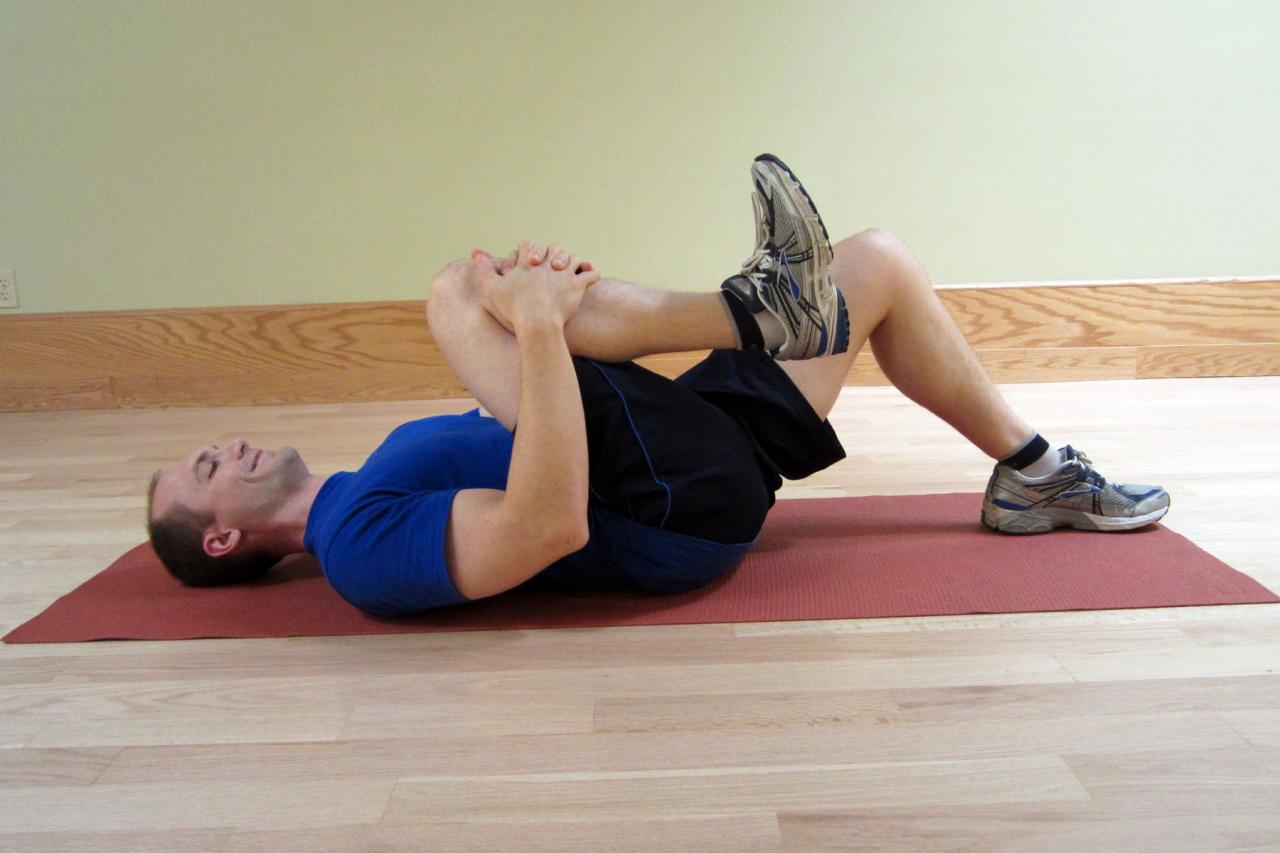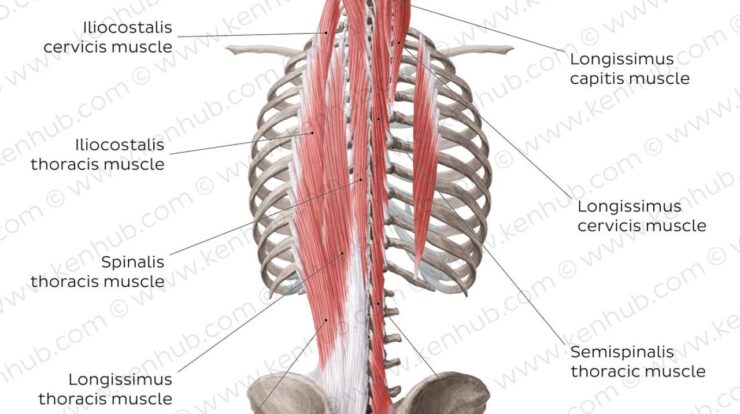
Explain why regular exercise is the best way to prevent flexibility issues. – Regular exercise is widely acknowledged as the most effective way to prevent flexibility issues, ensuring optimal mobility and overall well-being. This article delves into the physiological adaptations, long-term benefits, and guidelines for incorporating flexibility exercises into a regular workout routine.
In addition to exercises for lower back pain, incorporating exercises for lower back fat into your routine can help reduce excess fat accumulation in that area. These targeted exercises, such as those found at this website , can help shape and tone the lower back muscles.
Flexibility plays a pivotal role in maintaining a healthy and active lifestyle. Poor flexibility can lead to muscle imbalances, decreased range of motion, and increased risk of injuries. Regular exercise, on the other hand, helps improve flexibility by increasing muscle fiber elasticity, enhancing connective tissue strength, and promoting joint lubrication.
Flexibility and Its Importance: Explain Why Regular Exercise Is The Best Way To Prevent Flexibility Issues.

Flexibility, the ability of the body to move through a wide range of motion without strain or injury, is crucial for overall health and well-being. Poor flexibility can lead to a host of negative consequences, including muscle tightness, joint pain, reduced mobility, and increased risk of injuries.
Exercise and Flexibility

Regular exercise plays a vital role in maintaining and improving flexibility. Dynamic stretching, such as leg swings and arm circles, prepares the muscles for activity, while static stretching, like holding a stretch for an extended period, improves flexibility over time.
Specific exercises, such as yoga and Pilates, are particularly effective in enhancing flexibility.
Physiological Adaptations
Exercise induces physiological adaptations that enhance flexibility. Regular stretching lengthens muscle fibers, increasing their range of motion. Connective tissues, like tendons and ligaments, become more elastic, allowing for greater flexibility. Additionally, exercise promotes the production of synovial fluid, which lubricates joints and reduces friction.
Long-Term Benefits
Maintaining flexibility through regular exercise has long-term benefits. It reduces the risk of injuries, especially those related to falls. Improved posture enhances overall physical appearance and reduces back pain. Increased mobility allows for a wider range of activities and improves daily function.
Exercise Guidelines
To effectively improve flexibility, incorporate flexibility exercises into a regular workout routine. Aim for at least two sessions per week, with each session lasting 15-20 minutes. Start with gentle stretches and gradually increase the intensity and duration as you progress.
Individualized Approach, Explain why regular exercise is the best way to prevent flexibility issues.
Tailoring flexibility exercises to individual needs and abilities is essential. Factors like age, fitness level, and health conditions influence the type and intensity of exercises. Consult with a healthcare professional or certified fitness instructor for personalized guidance.
Safety Considerations
While flexibility exercises are generally safe, precautions are necessary. Always warm up before stretching and avoid overstretching. Use proper form and technique to prevent injuries. If you experience pain or discomfort during a stretch, stop and consult with a medical professional.
Closing Summary

Incorporating flexibility exercises into a regular workout routine is essential for maintaining optimal flexibility throughout life. By following the guidelines Artikeld in this article, individuals can tailor their exercise programs to meet their specific needs and abilities, ensuring they reap the numerous benefits of enhanced flexibility.
FAQ Summary
What are the benefits of regular exercise for flexibility?
Strengthening your back muscles is crucial for good posture and overall back health. Regular exercises targeting the back muscles can help prevent pain and injury. For those with lower back discomfort, performing specific lower back exercises at home can provide relief and improve flexibility.
Regular exercise helps improve flexibility by increasing muscle fiber elasticity, enhancing connective tissue strength, and promoting joint lubrication.
How often should I do flexibility exercises?
Aim for at least two to three sessions per week, incorporating dynamic stretches before workouts and static stretches afterward.
What are some examples of flexibility exercises?
Maintaining a strong and healthy back is crucial for overall well-being. Understanding the anatomy of the back muscles is essential for designing effective workout routines. Strengthening the back muscles not only improves posture but also reduces the risk of injuries.
Incorporating exercises that target the lower back can be particularly beneficial. Try out lower back exercises at home to alleviate pain and enhance mobility. Additionally, addressing excess lower back fat requires a combination of diet and targeted exercises. Consider exercises for lower back fat to sculpt and tone the area.
Examples include quadriceps stretches, hamstring stretches, calf stretches, and shoulder rolls.






